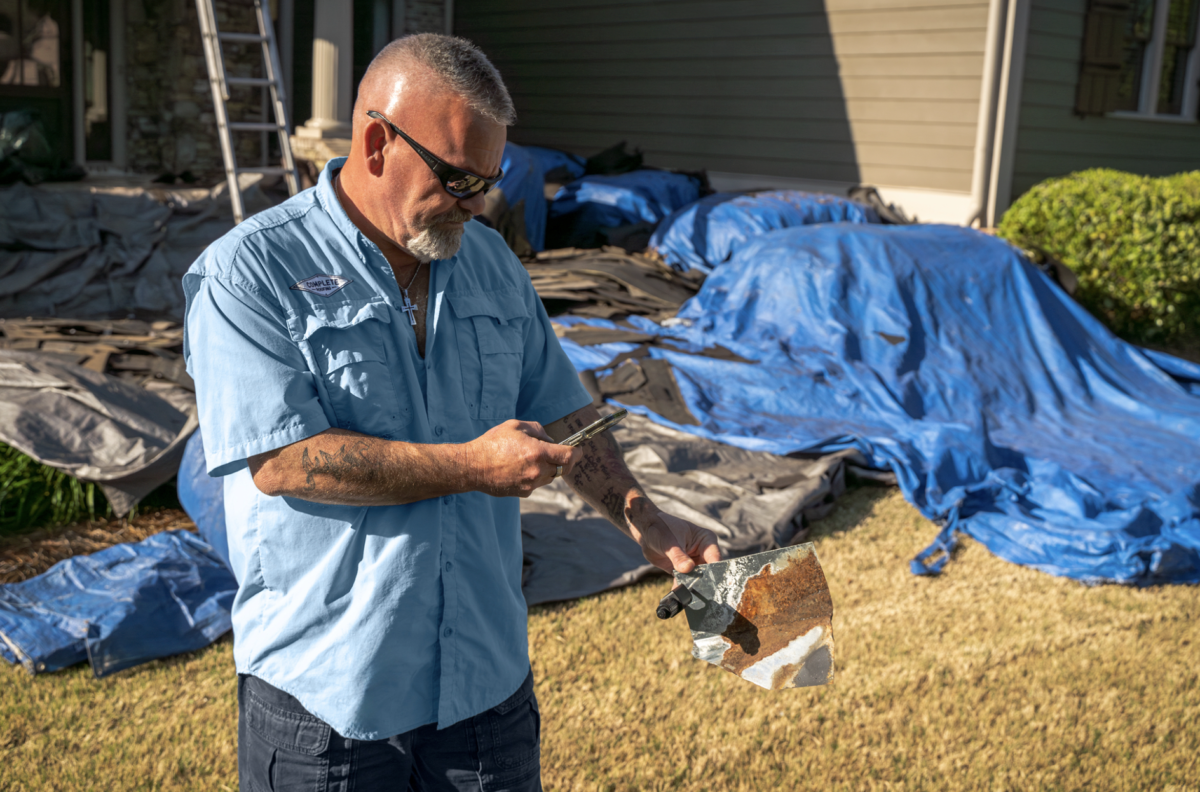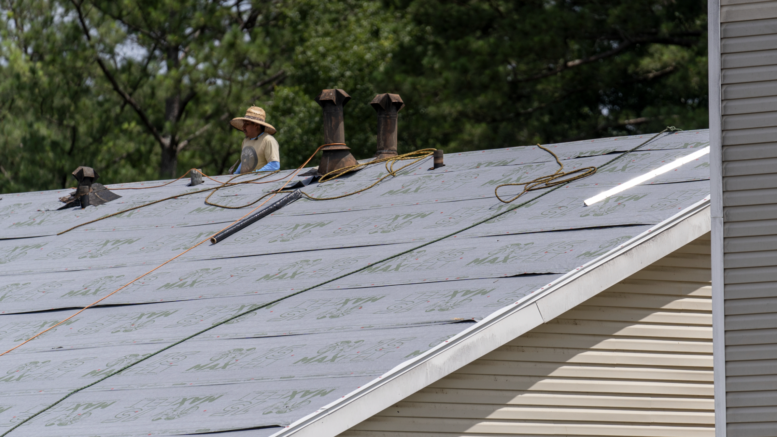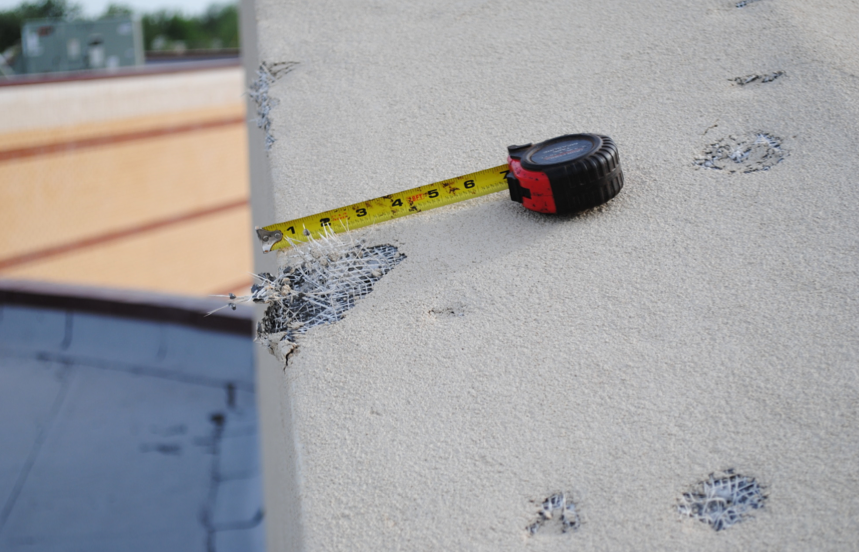Insurance-related reroof work is the primary source of revenue for many contactors. It can be a very profitable business model with year-in and year-out consistent revenue. However, unlike the retail contractors who set their own pricing, insurance reroof contractors often feel like they are working from an “allowance.” It’s a situation in which many assume the insurance company dictates the contract amount. Given the current state of the economy with the ever-increasing material and labor prices, these perceived “allowances” are not always adequate.
Here is the good news: Contractors are squarely in the driver’s seat when it comes to the pricing of insurance-related reroof work. Most just do not realize this — not yet, anyway. You see, the insured has the duty to prove their loss. Said differently, the insurance carrier has no duty to find damages or prove claim values. Since most homeowners do not know enough about roofs, nor are they willing to traverse their own, this burden of proof lands at the contractor’s feet. It is a big responsibility for sure, but it also means the contractors have the most say about the two primary components needed to prove the insured’s loss.

What are the two primary components of proof? First, evidence that the loss (or damage) occurred, and second, the total value of said loss (or damages). It is the second of these two, the claim’s valuation, where most contractors unwittingly fall short. They fall short due to a commonly held misconception that exists with both the contractor and the homeowner. The misconception is simply this: the insurance company determines the final value of the claim.
This misconception results in the homeowner and the contractor viewing the insurance carrier’s initial estimate as an “allowance.” Believing this to be the case, the insured wrongly tries to get the contractor’s price to fit within the bounds of the insurance company’s estimate, and the contractor does their best to acquiesce. Needless to say, this squeezes out profits when margins are already tightening.
There are two key ways contractors can work with adjusters to help ensure the job is done correctly for a fair price. The first is to help the adjuster accurately assess the damage and what is needed to repair it. The second is to closely examine the adjuster’s initial estimate and determine the true cost of a roof replacement or repair that meets all code requirements.
The Roof Inspection
When dealing with insurance company representatives at the site, it is important that roofers take notes and document every part of the conversation. Take note of any damage to the roof in writing and document it with photos. Don’t just rely on the adjuster to take pictures and notes; you should take your own.
Everything that you document one-to-one with the adjuster should then be sent in by you, or the insured, the same day the inspection occurred. Take it upon yourself as a contractor, and the expert on-site, to send in the evidence you collected.
Many roofing contractors just assume they are on the same page as the insurance adjuster, meaning they often don’t get confirmation that specific items are in fact approved. Many times, the approval of the entire roof replacement, for example, is not confirmed prior to leaving the on-site meeting. While conducting an inspection with the onsite representative you need positive confirmation. This means having the adjuster clearly tell you they agree with the scope of repairs that are needed as well as clearly stating that they are paying for it. Get that positive confirmation verbally and in writing.
Recap the meeting on site and recap everything they directly affirmed and ask them to get that confirmation via email. Positive confirmation in writing makes a big difference because you want a clean black-and-white statement at every step of the process. It lets everyone know that they see and agree on the same damages. Sometimes adjusters may not want to provide that information directly to the contractor. If this is the case, then ensure the homeowner directly asks the adjuster for written confirmation.
Determining the Replacement Cost
It is important to understand that the insurance company’s first estimate is emphatically not an allowance. Rather, it is a starting point for negotiation. In fact, behind every initial insurance estimate are additional funds already set aside for the claim’s final payout, should the adjuster need to increase the final payment amount. The insurance industry refers to these additional funds as the claim reserve. These claim reserves exist so insurance carriers can meet their obligations to their insureds under the terms of their insurance policy.
The most common policies are known as Replacement Cost Value (RCV) policies. These policies require the insurance company to pay for the cost of the new roof in today’s dollars, not its depreciated value.
What is most important to note about RCV policies is right there in the term itself: the replacement cost. So, if it is not the insurance carrier who determines the cost of the roof replacement under an RCV policy, who does? Quite simply, the roofing contractor. Therefore, the roofing contractor is in the driver’s seat.
How then does the roofing contractor reconcile the insurance company’s initial estimate with the final cost? With an insurance supplement. An insurance supplement is simply the process by which the contractor reconciles their final invoice with the insurance company so the adjuster can access the claim reserve to meet the now known final cost. Prior to the supplement, the insurance company was only making their best guess at the final cost. That initial estimate was never supposed to be considered the final amount or an allowance for that matter.
Now, can just anything be supplemented for? Can a contractor make up any amount they want? Of course not. Remember, the insured has the duty to prove their loss and the amount for said loss. That means anything that is being supplemented has to be supported by evidence. Fortunately, all this requires is documenting the items needed to complete the job that were not originally shown on the insurance company’s estimate. Items that are commonly left off insurance companies initial reroof estimates include, but are not limited to:
- Starter shingle
- Ridge cap
- Valley material
- Step flashing (including counter flashing, apron flashing, etc.)
- Charges for excessively steep or high roofs
With minimal effort, these items can easily be proven by submitting photographs of the required items installed, any code documents or manufacturer’s installation instructions if necessary, and the final invoice from the contractor showing the balance due. And, it cannot be stated clearly enough, that last part is essential to a successful insurance supplement — the final invoice due! This is where the final cost for the RCV policy is pinned down.
It’s also important to note with very few exceptions, an insurance supplement cannot be executed until after the roof is installed. Attempts to do so prior to roof installation usually result in the insurance adjuster telling the contractor to come back after the fact. Why? Circling back to the heart of the matter are the terms of the RCV policy, which hinge on the replacement cost. The easiest way for the adjuster to show their supervisors why they needed to access the claim reserve is for them to have that final figure for the replacement cost in hand, with evidence to support it.
Contractors, do not cede your authority in the valuation of claims. Your customers and the insurance adjusters do not have the ability to determine the claim’s true final cost. Leverage your knowledge and expertise to secure a fair margin. That way, you can use those profits to bring more value to your customers and ensure your business be around to service them for the long haul. That’s how we improve our industry — by getting paid fairly on every job, and using those profits to bring a better experience to our customers.
About the author: Chad Conley is the CEO of Complete Roofing in Woodstock, Georgia. Complete Roofing has replaced storm damaged roofs in Metro Atlanta for more than 14 years. For more information, visit completeroofing.com.






Be the first to comment on "Roofing Contractors: Don’t Let Insurance Companies Take The Lead in Pricing Reroof Work"